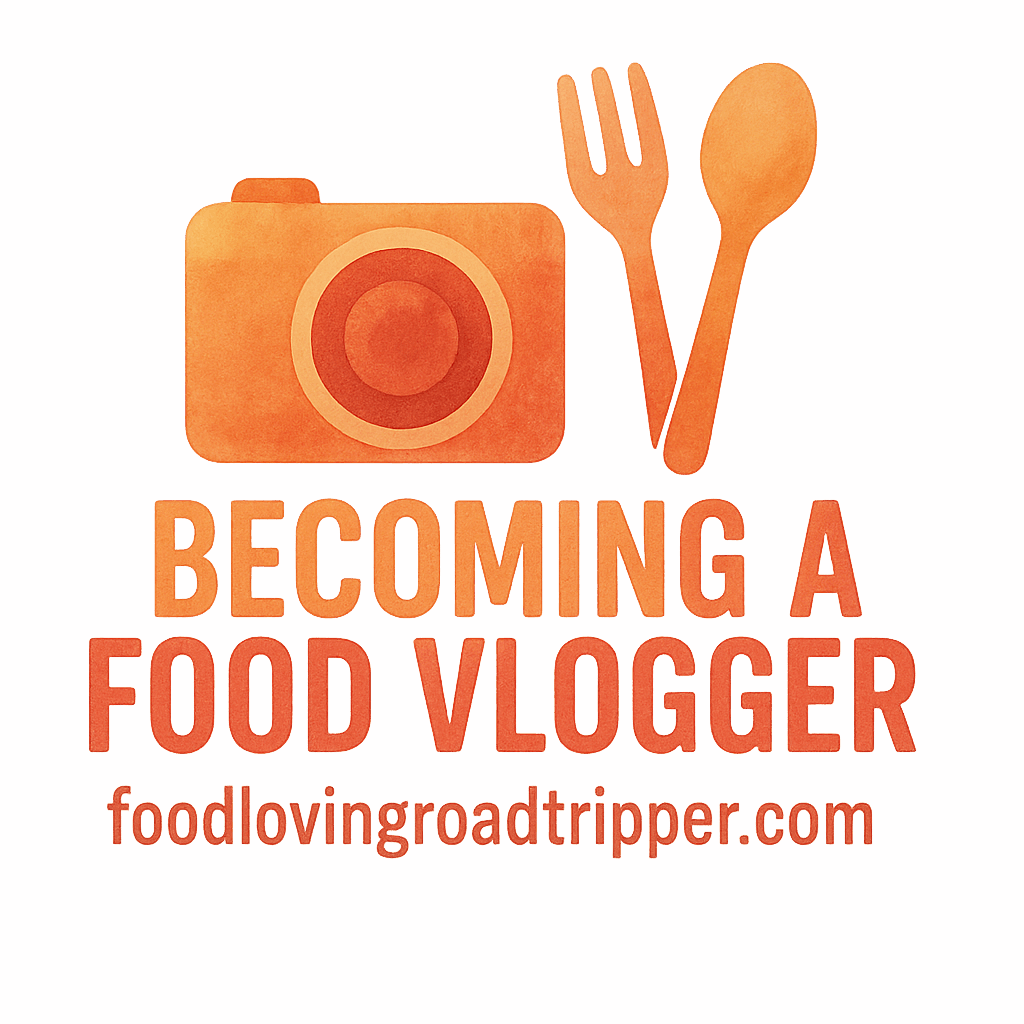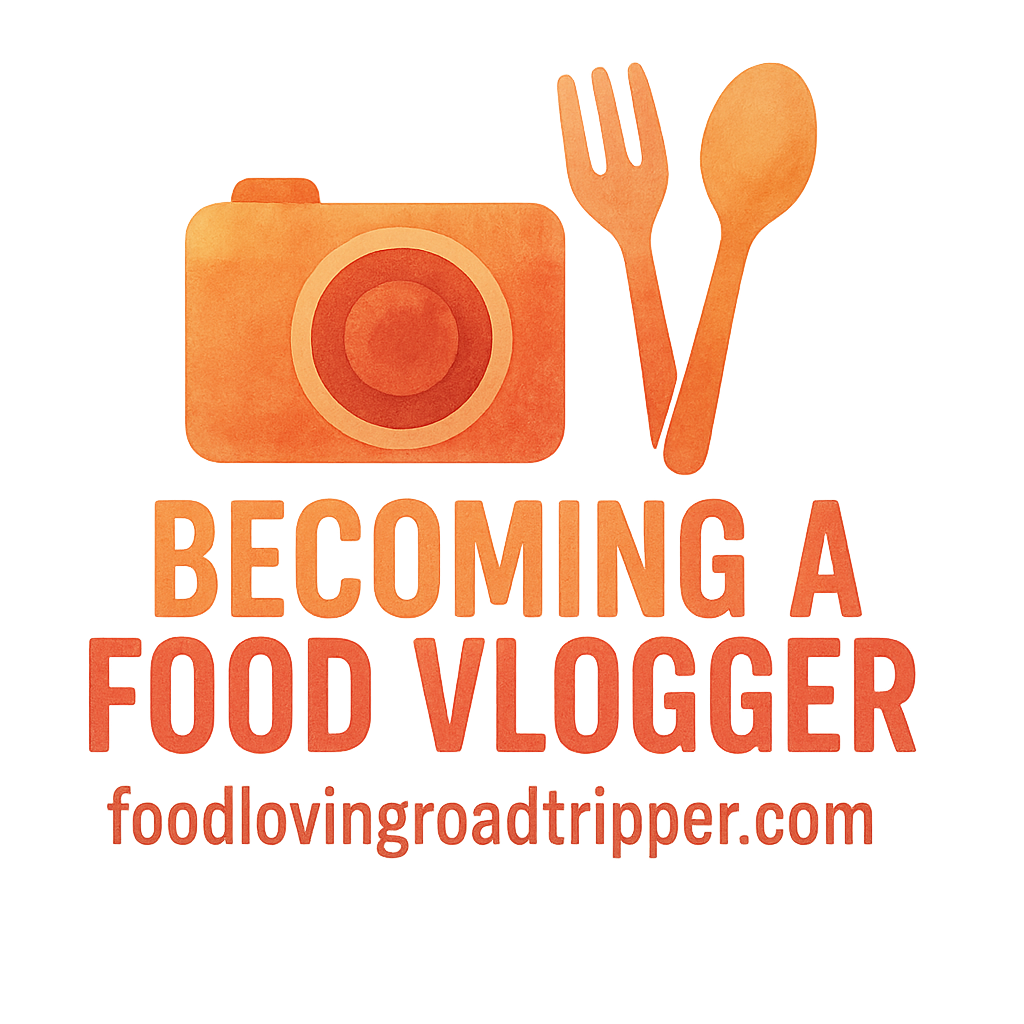Introduction
Food vlogging is more than just sharing recipes or culinary adventures—it’s about building a brand, creating engaging content, and getting the views you deserve. The secret sauce for maximizing your video’s reach? SEO (Search Engine Optimization). It’s all about making sure your content shows up when food lovers search for the next great meal or recipe. Whether you’re a seasoned food vlogger or just starting, applying SEO strategies can massively increase your visibility and audience engagement. So, if you’re wondering how to get more views and grow your channel, here are 10 SEO tips specifically for food vloggers.
What is SEO and Why Does it Matter for Food Vloggers?
Before diving into the tips, let’s get one thing straight: SEO is a method to optimize your content so it shows up in search engines like Google, YouTube, or even within social media platforms. For food vloggers, SEO means making sure your videos reach the right audience—people who are looking for cooking tutorials, food reviews, recipes, or culinary inspiration.
Without a solid SEO plan, your food videos could easily get lost in the sea of millions of videos uploaded daily. So, whether you’re aiming to become the next viral sensation or grow a loyal following, SEO is the compass that will guide your success.
Tip #1: Keyword Research is Key
Just like any content creator, food vloggers need to know what their audience is searching for. This means doing keyword research. It helps you identify the words and phrases your target viewers are typing into search engines.
- Tools for Keyword Research: Google Trends, Ubersuggest, and TubeBuddy are popular tools that help you find trending keywords in the food space. For example, if you are doing a video on “easy homemade pizza,” search for that keyword and see how many people are searching for related phrases like “quick pizza recipes” or “easy pizza dough.”
- Focus Keyword Strategy: Once you’ve identified high-traffic keywords, aim to incorporate them naturally into your title, description, and tags. Your focus keyword should be present in your title and sprinkled throughout your description (without keyword stuffing!).
Tip #2: Optimizing Video Titles
The video title is the first thing people see, and it plays a major role in whether or not they click on your video. The key here is to create a title that is both descriptive and compelling. Here’s how you can nail it:
- Use your focus keyword at the beginning of the title.
- Keep it clear, concise, and engaging—your title should explain what the video is about, but also spark curiosity.
- Avoid clickbait titles. You want to attract the right audience, not disappoint them.
Example: “Quick and Easy Homemade Pizza – No Kneading Required!”
Tip #3: Craft Engaging Descriptions
A well-written description is crucial for SEO because it provides context to search engines about what your video is about. Here’s how to optimize your descriptions:

- Start your description with the most important information, including your focus keyword.
- Write a compelling narrative around the recipe or food item. For example, don’t just say, “In this video, we make pizza.” Try something like, “Craving pizza but don’t have time for complicated recipes? This quick and easy homemade pizza recipe is for you!”
- Include links to other relevant videos or blog posts, and be sure to add your internal links such as Equipment Tools for Food Vloggers to give your audience additional value.
Tip #4: Use Tags and Categories Wisely
Video tags are used by platforms like YouTube to categorize and recommend your content to viewers. Here’s how to make them work for you:
- Use a mix of broad and specific tags. For example, if your video is about making pizza, you might use tags like “pizza,” “homemade pizza,” and “easy pizza recipe.”
- Choose relevant categories to ensure your videos are discovered by the right audience.
- Be sure to include your focus keyword in your tags to help your video rank higher.
Tip #5: Optimize Thumbnails for Higher Click-Through Rates
A thumbnail can make or break whether a viewer clicks on your video. Here’s what you need to know:
- Your thumbnail should be eye-catching and high-quality. Use bright colors, close-ups of the food, and bold text overlays to convey the content of the video.
- Incorporate your brand colors to ensure your thumbnails stand out and remain consistent with your channel’s visual identity.
- Experiment with A/B testing to see what type of thumbnail generates the best click-through rate.
Tip #6: Creating Playlists for Better Discovery
YouTube and other platforms love when you group similar videos together in playlists. Here’s why:
- Playlists help you organize your content and encourage users to binge-watch your videos, increasing your total views.
- Use relevant titles and descriptions in your playlist to make sure they’re optimized for search.
- Share your playlists on your social media platforms to attract a wider audience.
Tip #7: Leverage Social Media for SEO
Promoting your videos on social media platforms like Instagram, Facebook, and Twitter can drive traffic and improve your SEO. Here’s how:
- Share clips or teasers of your videos on Instagram Stories or TikTok, encouraging followers to check out the full video.
- Engage with your audience—respond to comments, ask questions, and encourage them to share your videos.
- Use relevant hashtags and geo-tags to expand your reach.
Tip #8: Collaborating with Other Food Vloggers
Collaboration can work wonders for SEO because it introduces you to new audiences and boosts your credibility.
- Partner with other food vloggers for recipe challenges, cooking tutorials, or restaurant reviews. This allows you to tap into each other’s followers and grow your community.
- Cross-promotion on social media also increases engagement and visibility.
Tip #9: Improve Engagement Metrics
The more likes, comments, shares, and watch time your video accumulates, the better it will rank. Here’s how to improve your engagement metrics:
- Ask your viewers to comment and like the video. Simple calls-to-action like “What’s your favorite pizza topping?” can boost engagement.
- Respond to comments and foster a sense of community within your channel.
- Encourage viewers to share your videos with their friends or on their social media.
Tip #10: Consistency is Key for Long-Term Growth
Finally, consistency is essential for long-term SEO success. Uploading videos on a regular schedule tells search engines that you are an active creator. Over time, this will improve your channel’s visibility and ranking.
- Develop a content calendar and stick to a regular upload schedule.
- Stay consistent with your branding, content quality, and video style.
Conclusion
SEO might sound intimidating, but it’s one of the most important aspects of growing your food vlogging channel. By following these 10 tips—whether it’s performing keyword research, optimizing your titles, or collaborating with others—you can significantly increase your chances of being discovered. Remember, SEO takes time, but with consistent effort, the results will follow. So get started with these tips and watch your views and engagement soar!
FAQs
- What is SEO for food vloggers?
SEO for food vloggers involves optimizing your videos for search engines like YouTube to increase visibility and drive traffic to your channel. - How often should I upload videos for better SEO?
Consistency is key—uploading at least once a week helps keep your channel active and visible. - Do tags help my videos rank better?
Yes! Tags help categorize your videos, making it easier for platforms to recommend them to the right audience. - What’s the best way to get more views on food vlogs?
Optimizing titles, descriptions, tags, thumbnails, and leveraging social media all help increase views. - Can collaborations with other vloggers boost my SEO?
Absolutely! Collaborations allow you to reach a broader audience and increase engagement. - Why is engagement important for SEO?
Engagement metrics like likes, shares, and comments signal to search engines that your video is valuable, helping it rank higher. - How do I know which keywords to target?
Use tools like Google Trends, Ubersuggest, or TubeBuddy to find popular keywords related to your niche.
Tanya ChatGPT


